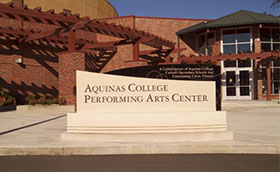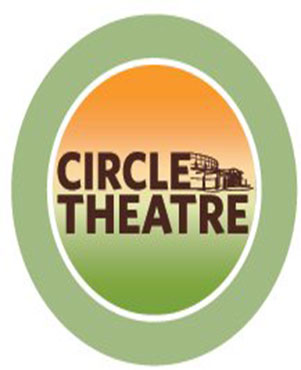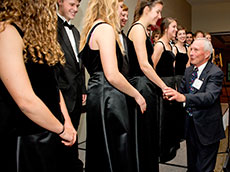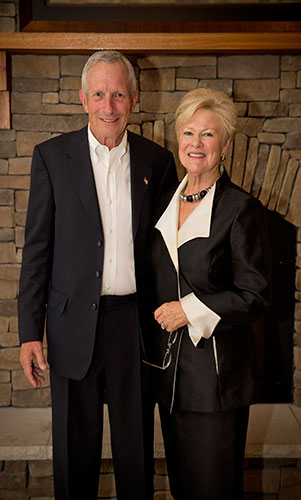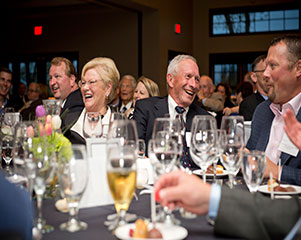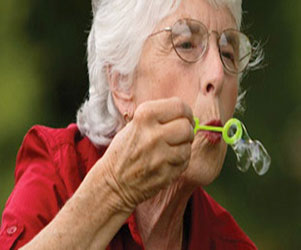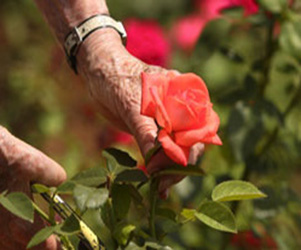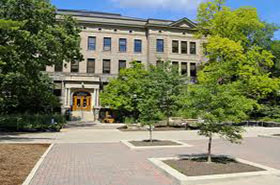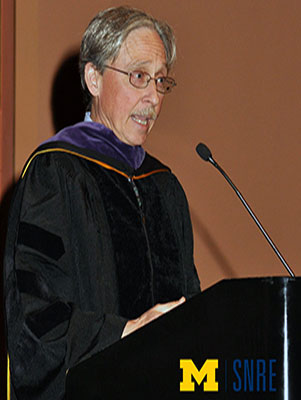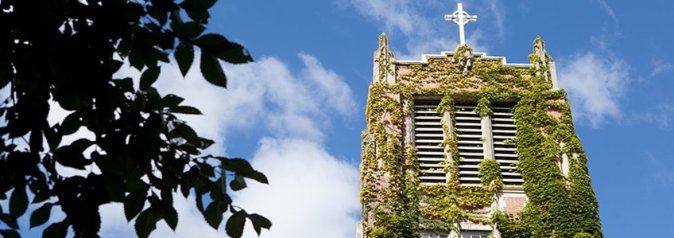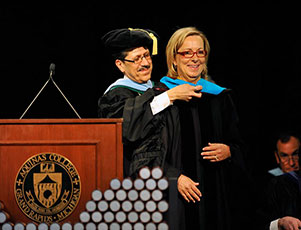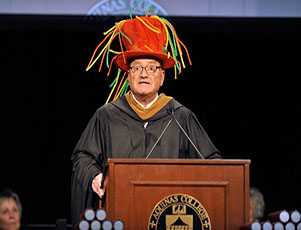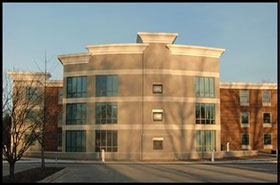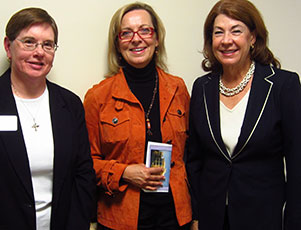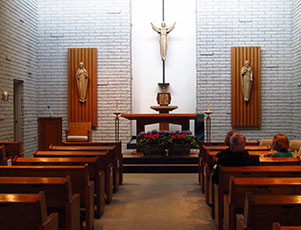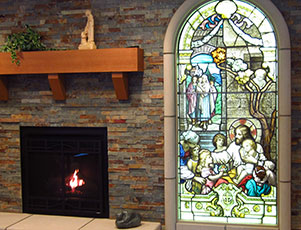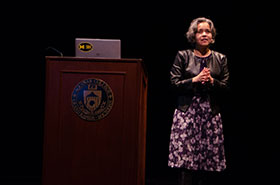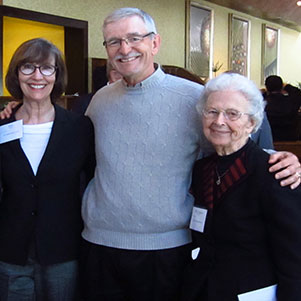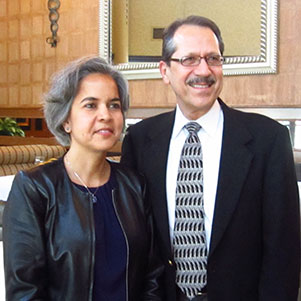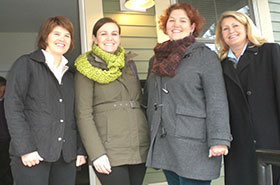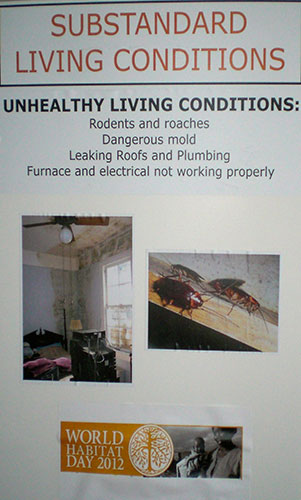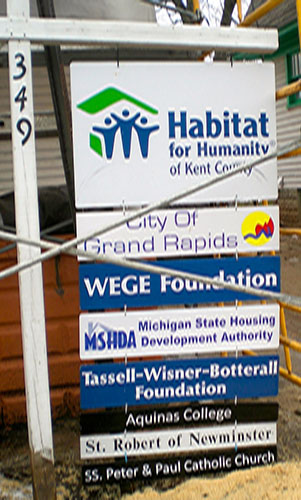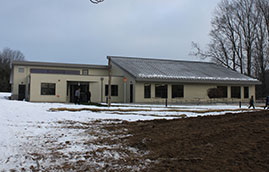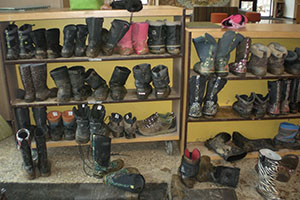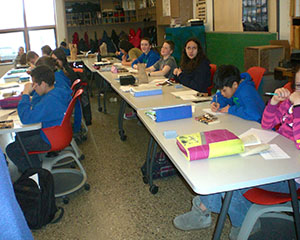The noisy chatter of children filling the seats on three sides of the stage quickly turned to hushed attentiveness as six Arabian princesses appeared in gauzy costumes. Circle Theatre’s summer performance of The Mystic Tale of Aladdin had begun.
Middle-schoolers, grade-schoolers, and pre-schoolers sat mesmerized by the lush setting in the Sultan’s treasure room heaped with piles of jewels and gold. Aladdin and his magic lamp came to life when his three wishes appeared as three bejeweled belly dancers.
Aladdin is one of six summer performances – the only children’s show – for Circle Theatre’s 61st year of live theater. Now housed in the handsome Performing Arts Center at Aquinas, Circle Theatre’s name and history go back to its 1953 first season in the old Rowe Hotel. The theater lovers who came up with the idea rented space that summer in a room at the Rowe that happened to be round. Presto! Theater in the round, aptly named Circle Theatre, was here to stay in Grand Rapids.
But when the theater’s organizers lost their hotel space, they moved to an unlikely venue. Remodeling an old pavilion, Circle Theatre opened its 1964 season at John Ball Park Zoo! Building a theater-in-the-round stage was, of course, part of the renovation. For the next four decades playgoers were entertained not only by the live stage shows, but also by the night sounds of the zoo’s residents.
By the early 2000s, Circle needed a permanent home. Peter Wege stepped in with one collaborative condition. The new PAC would be shared – and it is – by Circle, Aquinas, and the Catholic Secondary Schools for all their performing arts programs. The PAC gift thus honored The Wege Foundation’s mission of promoting both arts and education.
Since the PAC’s first 2003 season, audiences have filled the 418 surrounding seats to enjoy live theater. Who knows? Maybe the PAC itself was one of Aladdin’s three wishes that came true!

